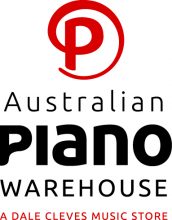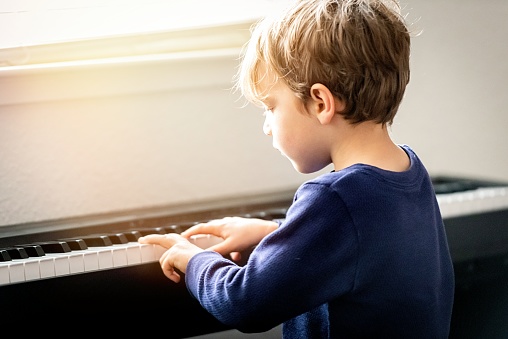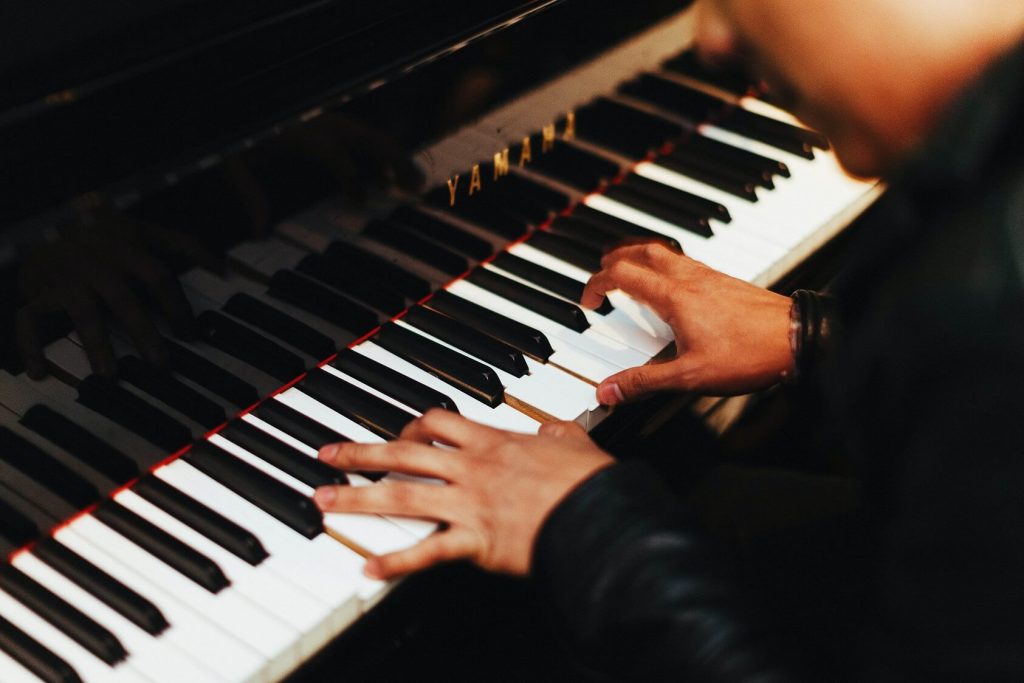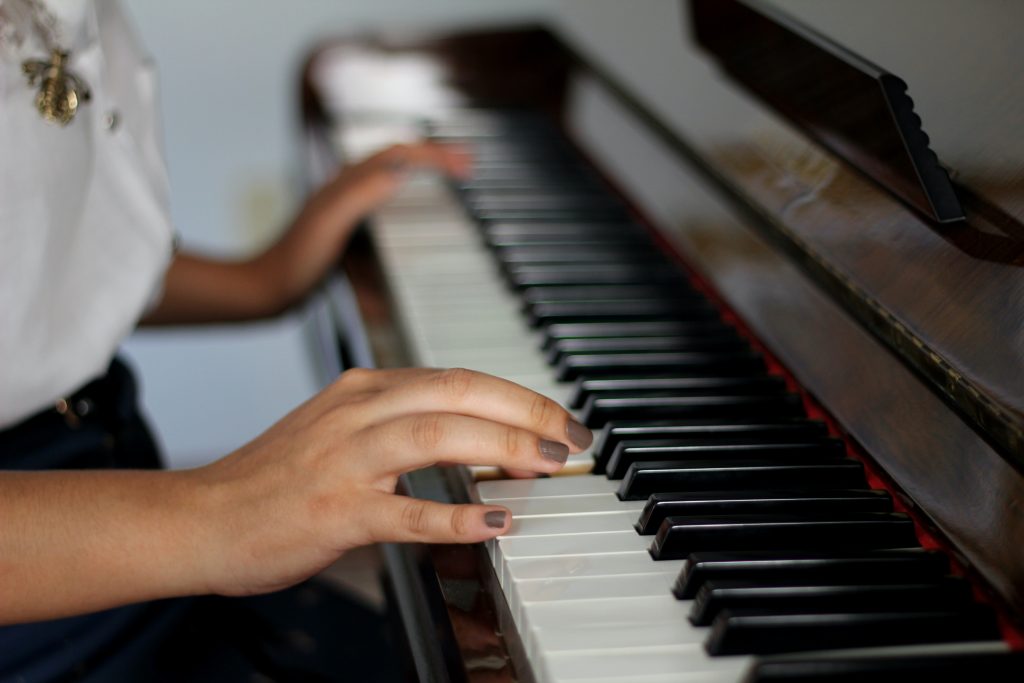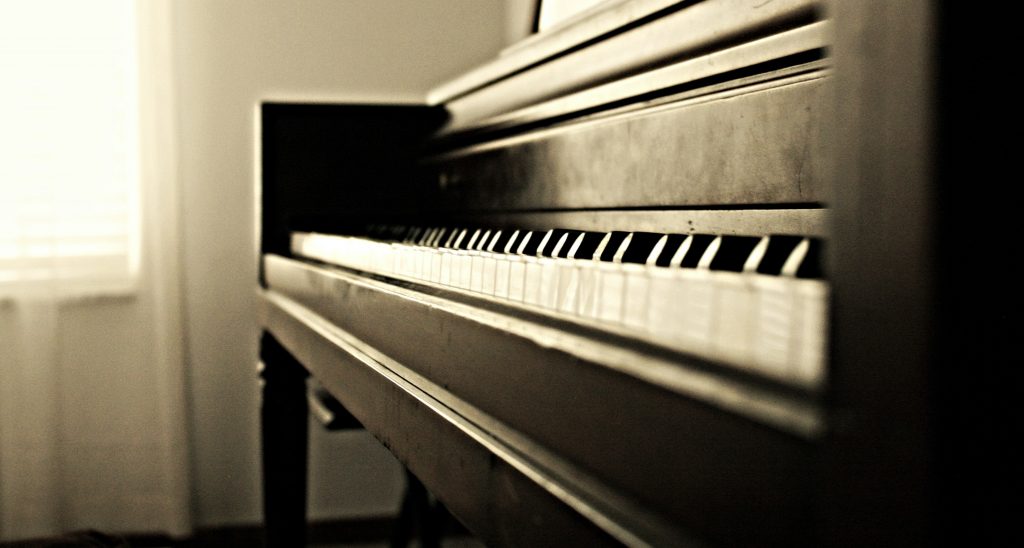Getting through lockdown with piano
Here’s how you can get started with piano at home.
You’ve decided to invest in your hobby (or passion!), and buy a keyboard or piano to get started on your musical journey.
Due to lockdown restrictions, many people are opting to learn at home, and with so many resources available, it is certainly a viable option, so what is the best way to get started?
Method books and YouTube. The combination of both is important, and here’s why:
Method books allow you to work through new techniques in the correct order, so instead of sifting through bits and pieces of information on YouTube, you are gaining a solid foundation to develop as a piano player in your chosen style.
In the era of information overload, the simplicity of working step by step through a book that teaches both theoretic and practical knowledge is immensely valuable.
YouTube will bring your method book to life:
Half the battle of learning something new can be knowing WHAT to search for, and this again is where having a book explaining new concepts is very useful. For example, when using a method book, you’ll likely come across something called ‘Chord Inversions’.
Without any formal study in music, it’s unlikely that anyone would think to type ‘Piano Chord Inversions’ into YouTube, but when you do, you’ll see numerous videos with some great exercises, even one on ‘How Elton John Uses Inversions’.
Here are some great titles to get you started:
Accelerated Piano Adventures for the Older Beginner:
A good choice for anyone wanting to take a more traditional approach to music learning, you’ll learn how to read music, and a variety of tunes such as Amazing Grace, Forest Drums, and Row Row Your Boat.
You’ll learn to play chords in your left hand and melodies in your right hand – a great foundation for playing jazz, and popular music styles.
It’s also worth noting, this title defines older as ‘over 11 years old!’
Adult Piano Method:
This book will also teach you to read music notation with a combination of music styles and theoretical concepts. It also provides opportunity for improvisation.
Seeking a less traditional approach? Check out 150 Keyboard Tips & Lessons:
Aside from music, learn about using DAW programs such as Garage Band and ProTools, navigating equipment, and finding a teacher. It covers music styles such as electronic, gospel, and country, as well as important jazz theory, and piano technical concepts that are useful in a variety of performance situations.
Additional tips:
- Keep a practice diary – note down what you learned, what you struggled with, how long you practiced for, and any break throughs.
- Celebrate your achievements – learned a new piece? A new technique? That’s great! Don’t forget to give yourself a pat on the back for your great work!
- Consider seeing a teacher on zoom, especially if you are feeling stuck or unmotivated. A teacher will also correct anything that a book or a video can’t pick up such as posture, hand position, and correct fingering.
Do you have any additional tips for learning piano at home? Let us know in the comments!
Are you looking for an instrument to learn piano on at home? Feel free to set up a virtual shopping appointment here: https://djd73dekss.australianpianowarehouse.com.au/virtual-shopping/
